This is the first story in a new bimonthly series by Patrick Parr on how famous brands got their start in Japan. Parr also wrote the “Japan Yesterday” series that detailed the visits to Japan of famous people.
On Wednesday, Oct. 25, 1995, the Starbucks Coffee Company signed an agreement with Japanese retailer Sazaby. The joint venture — that included plans to open 12 Starbucks “within the next 18 months” — was announced to the public soon after. Yuji Tsunoda, named the president of Starbucks Japan, believed his country was ready: “The Starbucks specialty coffee retail shop is a new lifestyle concept that we believe Japanese consumers are ready to embrace.”
At the time, Japan was the third-largest importer of coffee in the world, behind only the U.S. and Germany. Competition in an already saturated marketplace would be fierce. Awaiting Starbucks' entry into the Japanese market was its main competitor, Doutor, an efficient coffee bar chain that at the time had around 450 cafes across the country. Meanwhile, Pronto, an even cozier coffee-bar chain, had nearly 100 locations and planned to expand even further. There were also the millions of vending machines offering instant coffee, conquered by Coca-Cola’s Georgia brand and Ueshima Coffee Company, or UCC.
Upon hearing of the Sazaby-Starbucks deal, the Japanese coffee companies grew anxious: trouble was brewing. In Tokyo’s Ometesando district, when a billboard went up with the words “Opening Soon: Starbucks Coffee,” each company braced for impact. Starbucks was “frightening” said then-Doutor manager Katsuyuki Momoi to Wall Street Journal reporter Norihiko Shirouzu. “They’re a big threat and could take customers away from us.”
Just how big were they? Thanks to Starbucks CEO Howard Schultz’s insatiable thirst for expansion, the green-and-white siren had transmogrified into a planet-sized caffeinated tornado.
Japan was to be their first venture outside North America, prioritizing this country over the state of Hawaii, which had momentarily resisted a Starbucks invasion due to its own loyal coffee companies, such as Lion.
Obstacles and doubt remained…
A brief SWOT
For their new location in Ginza, Starbucks stayed true to the strengths that had gotten them across North America, to store number 925. Eight managers, reported Liz Szabo for The Seattle Times, were flown from Japan “to Seattle for four months of intensive training.”
The menu would offer the same mainstays, such as lattes and scones (Sazaby helping here). It even included the recently introduced frappuccino, a souped-up granita spearheaded in late 1993 by Santa Monica manager Dina Campion to give Southern California customers a chilled blended drink option as they battled the desert heat.
Where Starbucks was weak was in brand recognition. Although many Japanese tourists had frequented Starbucks in America, most of the population was unfamiliar with the brand. Advertising would be risky and expensive, so they, according to Schultz, “spent no money” on it, focusing their budget on helping Sazaby to acquire top-notch locations in the downtown Tokyo area, which meant triple the rent they paid on average in North America.
All told, as reported by The Washington Post’s Kevin Sullivan, Starbucks and Sazaby “each pumped US$5 million into the company’s launch in Japan.”
Still, the opportunity for a quick expansion was there, thanks in large part to Japan’s public transportation infrastructure, which meant a consistently crowded base of customers traveling to and from work. Of the 12 cafes planned, all of them would be in and around downtown Tokyo.
Schultz wasn’t concerned with having Starbucks stores too close to each other. After all, in 1991, he famously solved a problem with an overcrowded Robson St. Starbucks store in Vancouver, Canada by simply opening another one across the street geared toward, as Taylor Clark, the author of Starbucked: A Double Tall Tale of Caffeine, Commerce, and Culture, put it: “the well-heeled business set, while the original drew a hipper, more relaxed clientele.”
“For the past few years, we’ve had this nightmare scenario that espresso drinks are going to swallow up Japan’s coffee market. And we won’t know how to make a good cup of espresso.” —Seiji Honna, Pronto President, 1996
But threats from competitors lingered. As reported by Shirouzu, Pronto expedited plans “to open a new chain of espresso bars called Café Pronto,” a direct strategy to combat Starbucks. Doutor, meanwhile, made minor tweaks, renaming their “café au lait” to “caffe latte” and updating their “milk-steaming equipment.”
UCC “launched espresso stands” and flooded vending machines with canned espresso drinks.
One final competitor, Morinaga, aired advertisements starring actress Jodie Foster, as she tasted “Seattle Coffee.” In retrospect, this probably only made Starbucks, a Seattle-based company, even more attractive to consumers.
The real threat of Starbucks, however, stemmed from their mastery of delivering a quick, fresh cup of espresso, causing Pronto President Seiji Honna to lose sleep.
“For the past few years,” said Honna, “we’ve had this nightmare scenario that espresso drinks are going to swallow up Japan’s coffee market. And we won’t know how to make a good cup of espresso.”
The nightmare had arrived.
Opening day
On Aug. 1, at 6:30 a.m., in 37 degree Celsius (nearly 100 degrees Fahrenheit) heat, a line of 100 customers formed outside the Ginza store. Howard Behar, president of Starbucks International, had been a nervous wreck about the launch.
“I was very concerned with adapting to the local culture and not forcing our Starbucks ways, and our American ways, on the people we hoped to serve,” he wrote in his book, It’s Not About the Coffee. “I wanted to welcome our new customers with open arms and a big yes.”
The biggest preparatory concern involved whether to designate a smoking area in the Ginza store, like the Pronto down the street. Schultz, writes Behar, “was adamantly against” allowing smoking, but Behar understood that, even though cigarette smoke “interfered with the coffee aroma in the store and affected the roasted beans in the bins we kept open near the counter,” it was important to at least offer a “special upstairs section” for smokers.
At the start in Ginza, that was what they went with, since “in Japan, smoking was everywhere; it was part of the human exchange we wanted to inspire and celebrate.”
The numbers backed Behar. According to a 1996 All Japan Coffee Association poll, the most committed coffee drinkers were men between the ages of 25-39, consuming at least 15 cups a week. Another poll by Japan Tobacco that year reported that 58% of Japanese men smoked. The prime minister of Japan at the time, Ryutaro Hashimoto, smoked two “heavy-tar” packs a day.
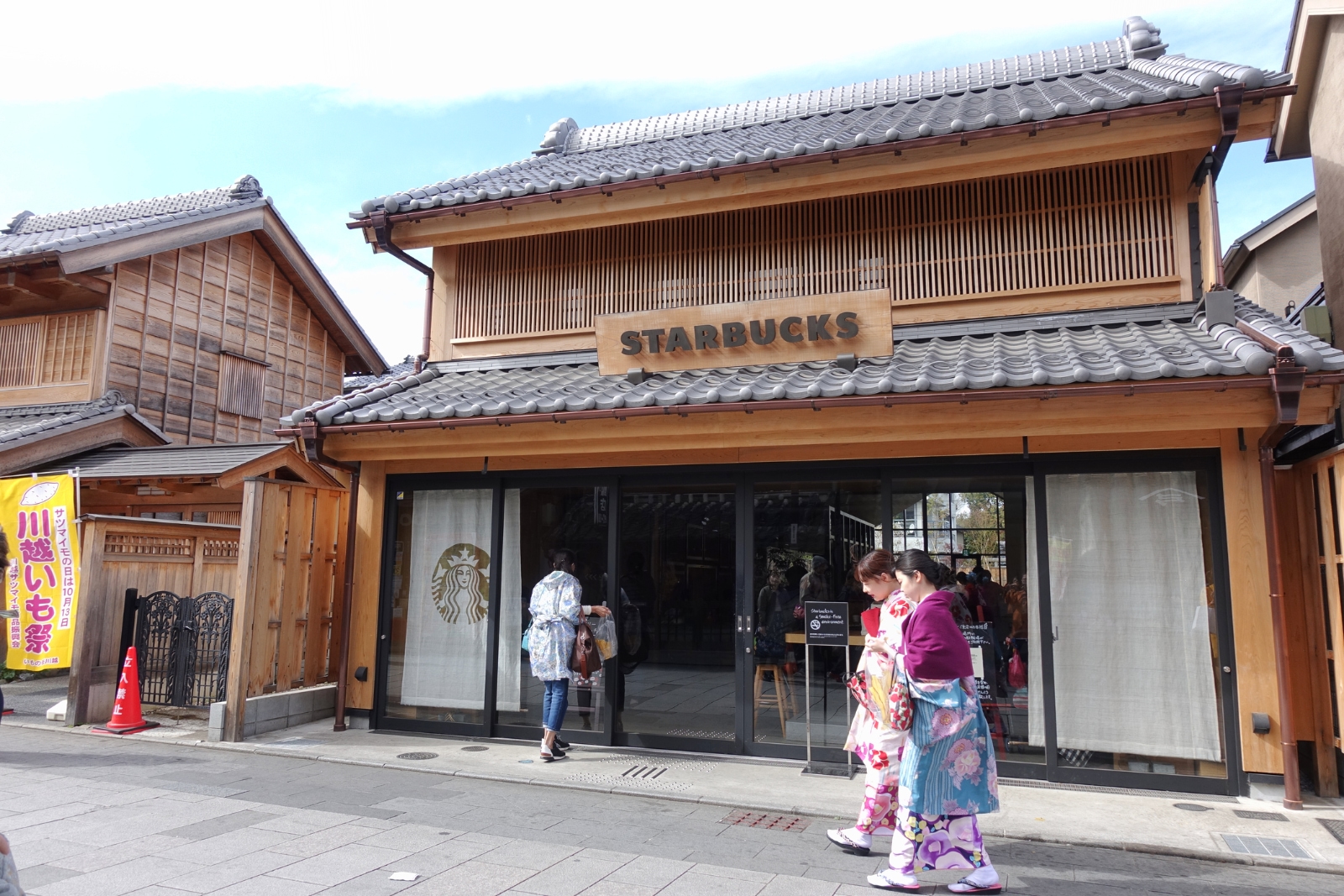
Coffee and cigarettes were — and still are to an extent — an important part of Japanese business culture. Starbucks, however, ended up attracting a more health-conscious customer than the neighboring Pronto or Doutor cafes. After the third Starbucks opened in Japan, Behar and others saw that the average Japanese customer largely ignored the smoking section. Soon after, it was removed.
On that hot August morning, Howard Schultz flew in and cut the ribbon set up at the front entrance. When he looked at Behar, his colleague had “tears in his eyes.” Behar’s worries were for naught. Schultz took in the sight of “forty to fifty people deep” ordering Starbucks nearly 5,000 miles away from Seattle. “Men in dark business suits, women with elegant silk scarves, students with backpacks, all stood patiently in the unforgiving heat.”
The first customer, a “young man in his twenties,” ordered in English: “Double short latte.”
And so it began.
As of 2023, there are over 1,550 Starbucks across Japan. Doutor, meanwhile, weathered the green-and-white storm rather well, holding strong at around 1,100. Pronto now has over 330 cafes and bars.
Random facts
- Starbucks was originally founded in 1971 by two teachers and a writer, who were primarily inspired by Dutch-American Alfred Peet’s coffee shop in Berkeley, California, founded in 1966.
- The name Starbucks comes from a combination of three insights. The first was an advertising agency telling the three founders that words starting with “St” impact the customer the most. Second, in an attempt to honor their founding city, Seattle, they discovered a small mining town in the 1900’s called Starbo. Gordon Bowker, one of the founders and a lover of Moby Dick, then recalled the name of Captain Ahab’s first mate, Starbuck.
Our next “When They Opened in Japan” will feature Kentucky Fried Chicken in 1970.
Patrick Parr’s second book, One Week in America: The 1968 Notre Dame Literary Festival and a Changing Nation, was released in March 2021 and is available through Amazon, Kinokuniya and Kobo. His previous book is The Seminarian: Martin Luther King Jr. Comes of Age, now available in paperback. He teaches at Lakeland University Japan’s campus in Ryogoku.
© Japan Today
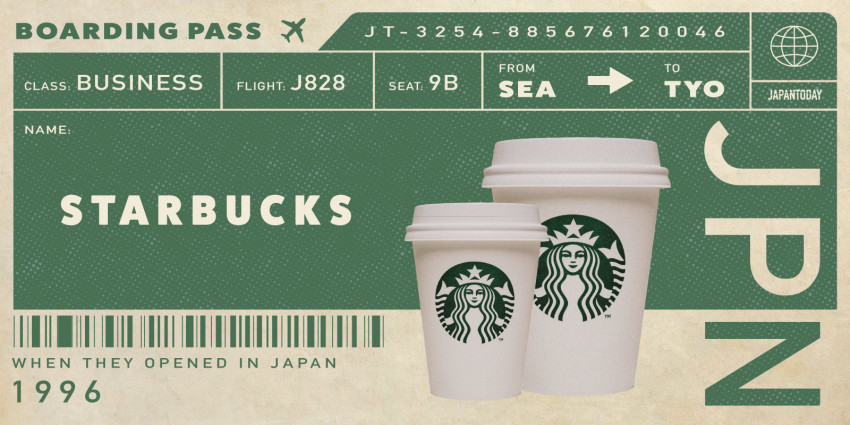
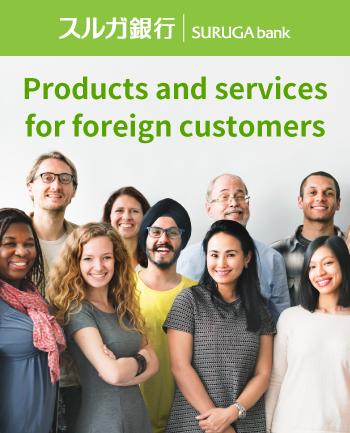
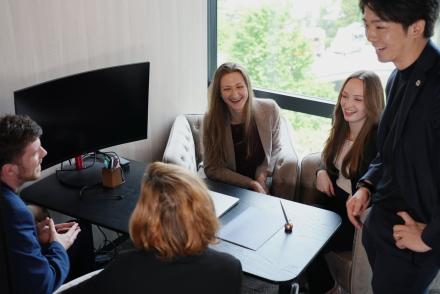

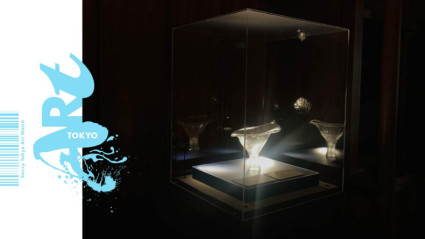
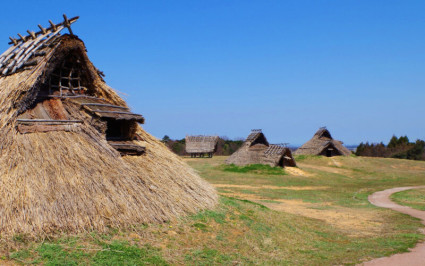
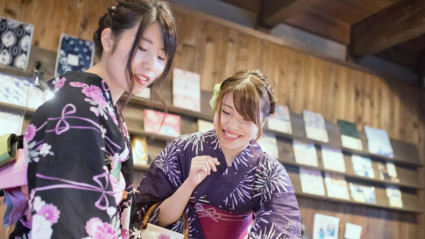
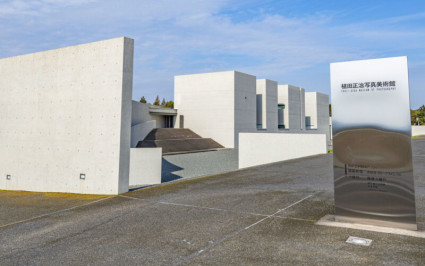
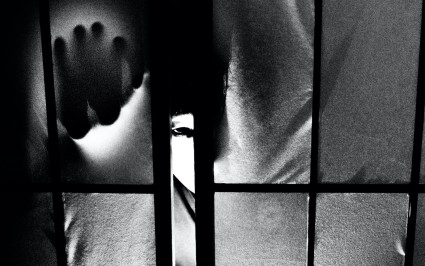
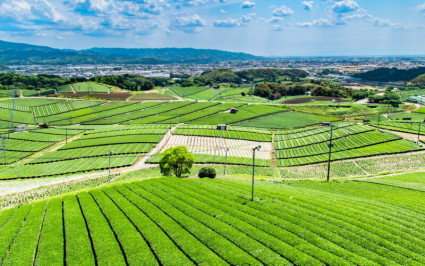

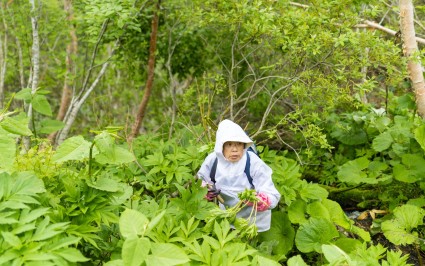

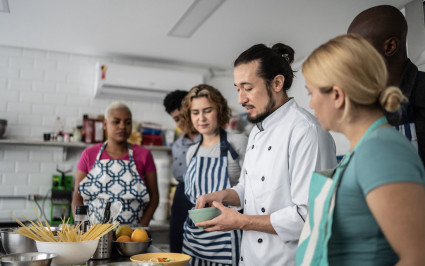
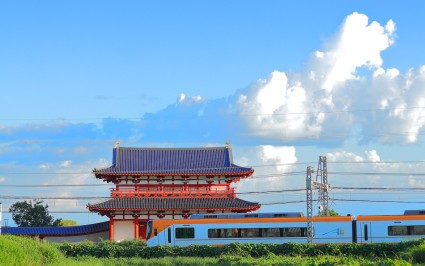
15 Comments
Login to comment
cenobite
Starbucks has graced us with familiarity. If you go to Thailand or the UK or India or South Korea or China, you can see that green face. I think Starbucks is a scourge, though. It’s a bland symbol of globalism. I prefer to take the side street and pick up something local. I wish it had never come to Japan.
bass4funk
But that’s competitive Capitalism, competition is good for the market and the people can decide if they want it or not and given the fact that Starbucks is enormously popular, sales alone is the evidence of that. Fukuoka alone has more than 64 locations. The only continent where Starbucks failed in was Australia, that was the only market they failed in and had the close almost all their stores.
I think ultimately competition is good and if people like Starbucks they will go there, if not, they will go somewhere else. One reason why people like the place is because they have one of the best WiFi services. The ambiance and the quietness of the place is also a big plus. Many of the cooler cafes in Japan play their music way too loud, not sure what that is, but the BGM is off putting to a lot of people and Starbucks doesn’t have that.
Capuchin
I'd always heard rumours that one of the big reasons for the success of Starbucks was that it was non-smoking. Japanese coffee shops i.e. "kisa-ten" tended to more closely resemble dingy dive bars than the clean, refreshing atmosphere many of us come to expect from a coffee shop.
Japan has gotten a lot better with its smoking restrictions and smokers awareness of other people but still has a long way to go. Perhaps if the Japanese government weren't so invested in the tabaccob industry we'd see more progress.
nickybutt
Patrick Parr never fails in writing informative and interesting articles. For me Starbucks is all about the atmosphere. It is clean, relaxed and smoke free. It is a great place from which to people watch. I went quite a lot when I was younger but as life has got busier, I probably go about once a year now.
zones2surf
I remember when Starbucks opened and frequented that first store.
And they opened one in Akasaka and I would get a coffee on my way to work.
Make no mistake, having someplace to go that offered a relatively cheap cup of coffee that wasn't smoke-filled, like Doutor or Pronto, was a welcome addition for so many customers!!
Of course, someone wanted to pay lots of money for a cup of Key coffee at a neighborhood kissaten, they could, but they also didn't really do to go cups and they certainly didn't do lattes!!
Patricia Yarrow
Starbucks led the way to cancer-cloud-free becoming the norm. For that, they have my eternal gratitude and occasional yen. The Christmas Blend is still a winner. Yes, Patrick Parr is a talented writer.
Jay
Usually selling coffee that tastes like battery acid and camel urine would be a hindrance to being a successful enterprise, so more power to them I suppose.
wallace
Starbucks coffee isn't great but it's not bad too. Comfortable places and wifi for those who want it.
ebisen
Chabucks... Don't go for the actual coffee!!
Algernon LaCroix
I think where Starbucks has struck a chord has been in creating a comfortable, clean atmosphere. When they arrived here it was near impossible to find a smoke-free cafe, and the ones that bothered to offer a smoke-free section were only paying lip service to the concept - you had to commando-roll under the haze to reach a couple of tables at the back separated by nothing but imagination.
The coffee, novelty drinks and food range from pretty awful to OK, depending on variety and personal tastes. But the air is clean, the music isn't too obtrusive, and the staff training seems to be very good. They're cheerful and pretty efficient, and many of them at my local store strike up a conversation. There's even one young lady working there who has a mild case of Down syndrome, which is very unusual in Japan and nice to see that they've given her a go.
Roblib
Good article, very interesting historical reference about big foreign brands here in Japan. I'm not a big coffee drinker, prefer tea, but Starbucks does use good quality beans from what I hear. My wife has been collecting the You Are Hear mugs they sell. I want to visit that huge Starbucks Reserve in Tokyo, looks impressive.
tamanegi
I prefer Tullys but I try to support the local kissatens and coffee shops as much as possible.
Japantime
Starbucks is for people who have never tried real coffee. It is only popular because of marketing. Very poor American style coffee.
Fighto!
Starbucks pump out pretty poor coffee, it must be said as a coffee addict. Even Doutor is better. I guess it is popular because of the fact you can buy a coffee and sit there for 6 hours using free WiFi.
kohakuebisu
I remember going to the first one in Osaka, in the building in Umeda with the carousel on the top, something-something Ban Gai.
The big innovations were no smoking and the frappucino milkshakes. No smoking was the biggest one though, a big hit with the ladies. Back then, there were only four shop designs for all of the Starbucks worldwide, so no-one went there for the interior or the muzak-level ambient music they played.
Personally I like pour-over coffee, so not that fussed about Starbucks. Coffee beans get nuked when roasting them for espresso, losing some of the complexity.